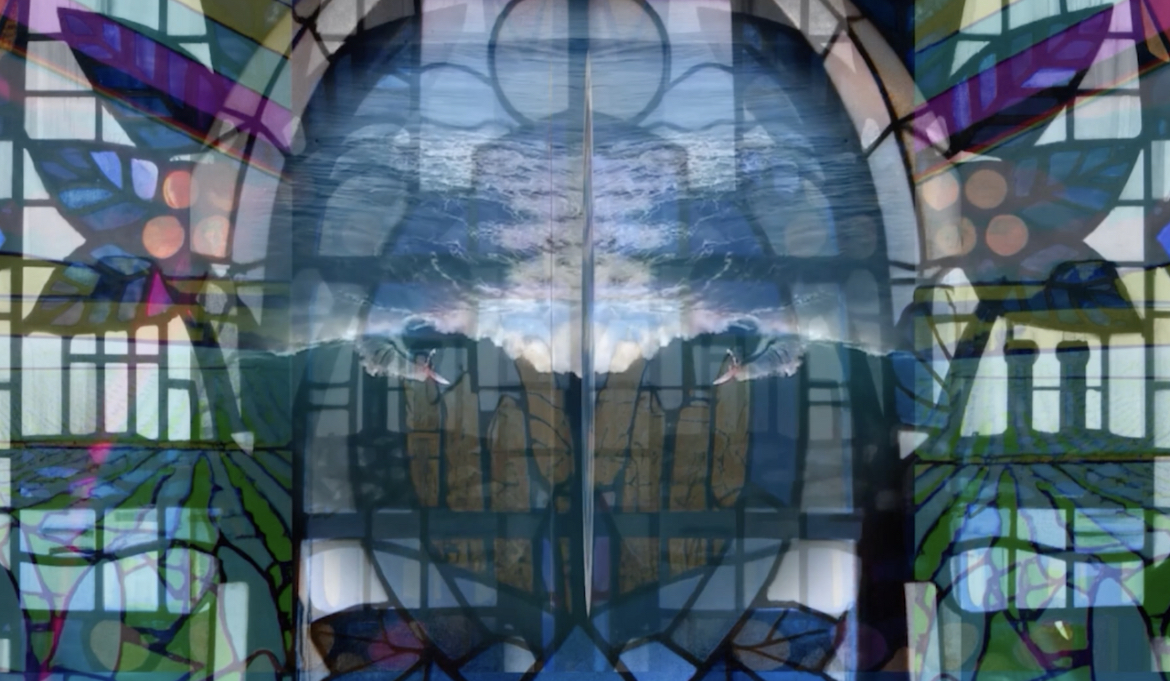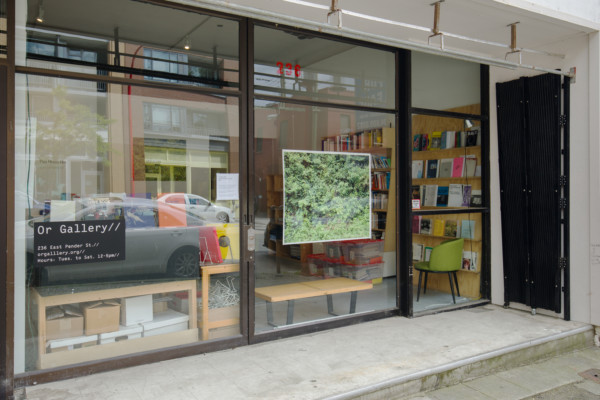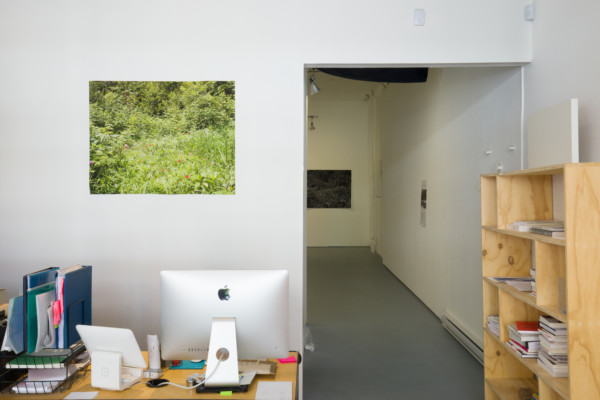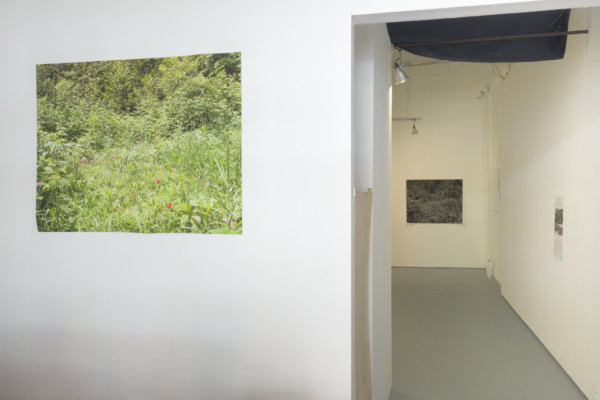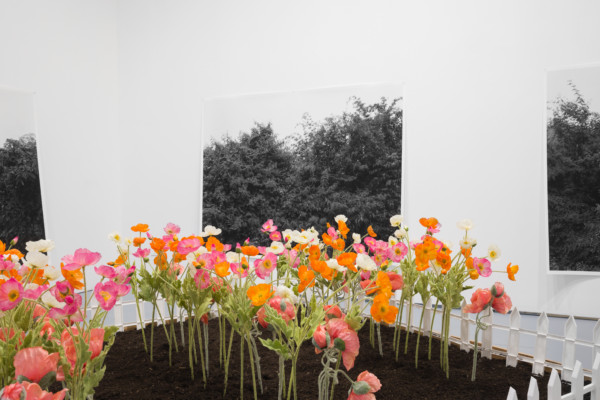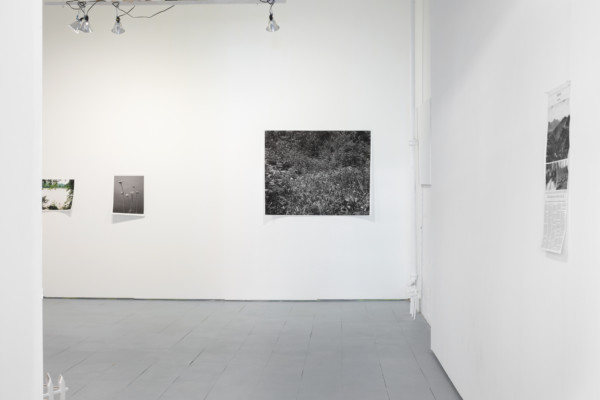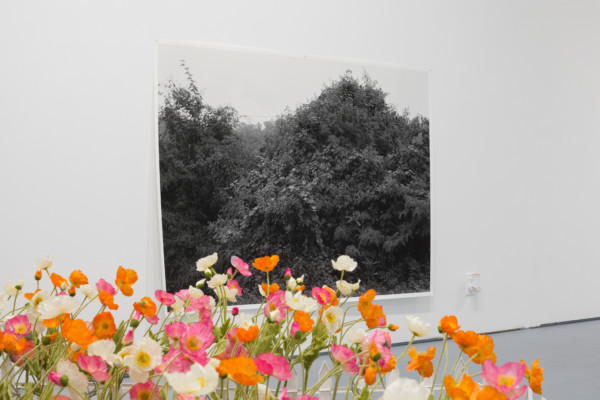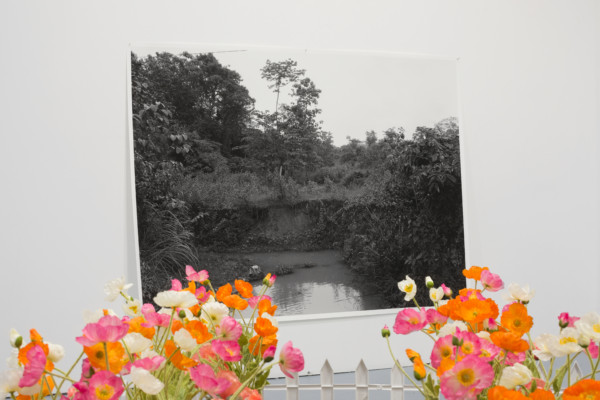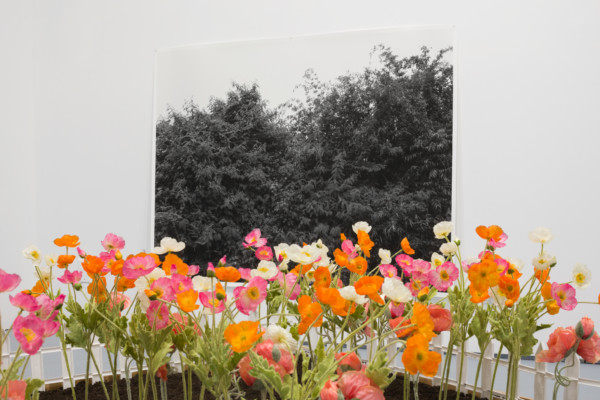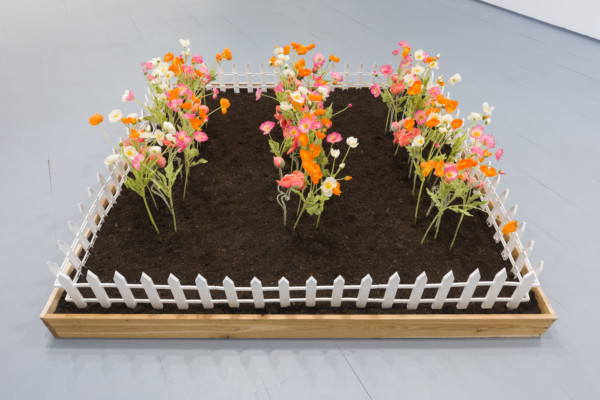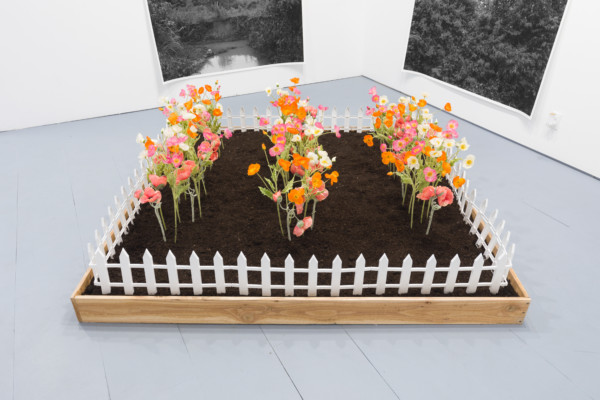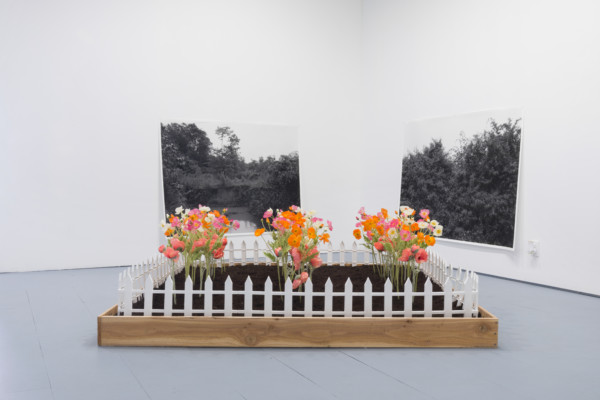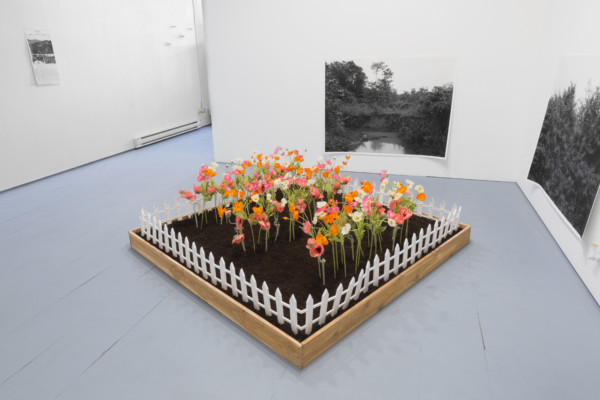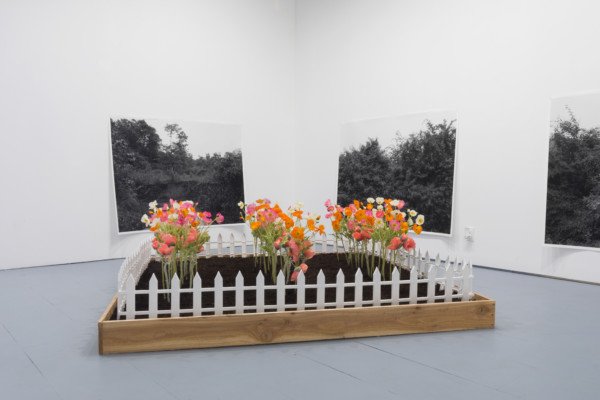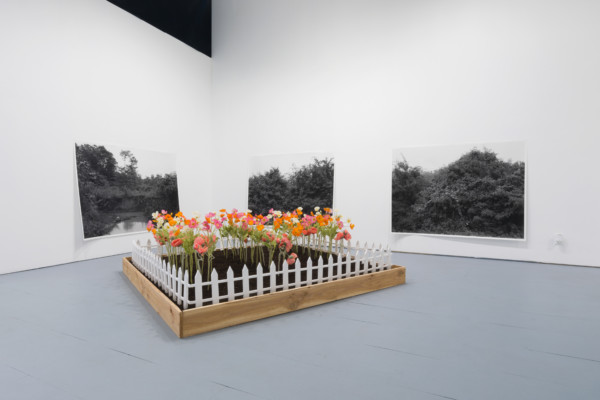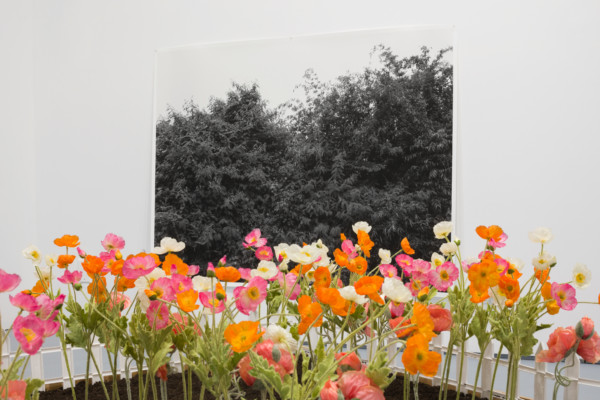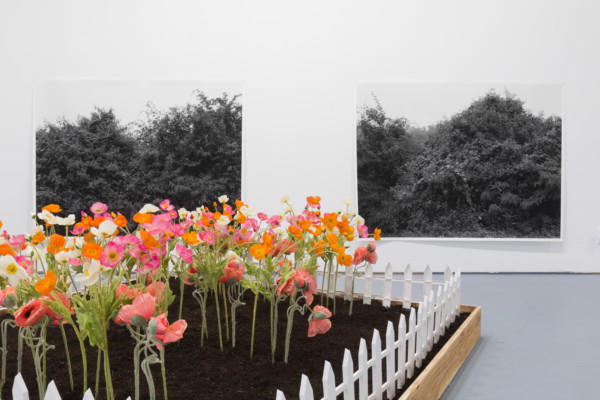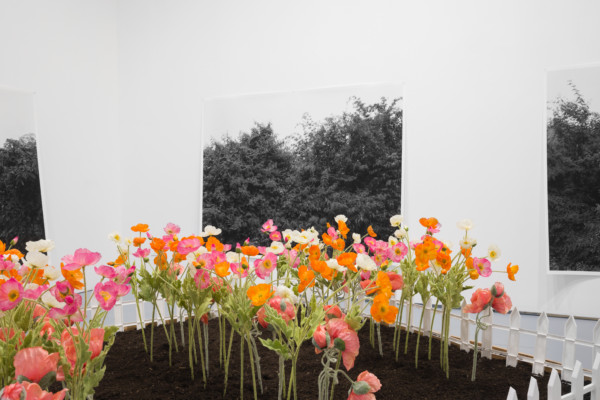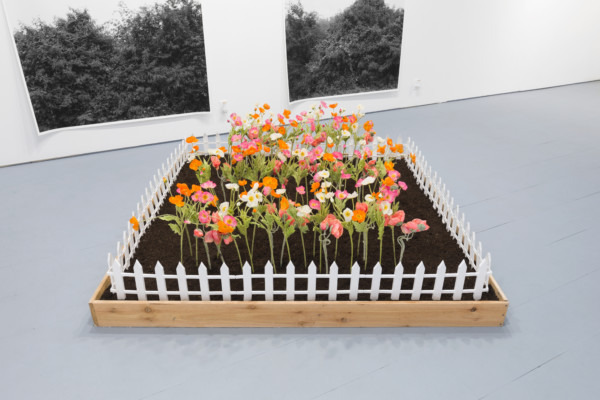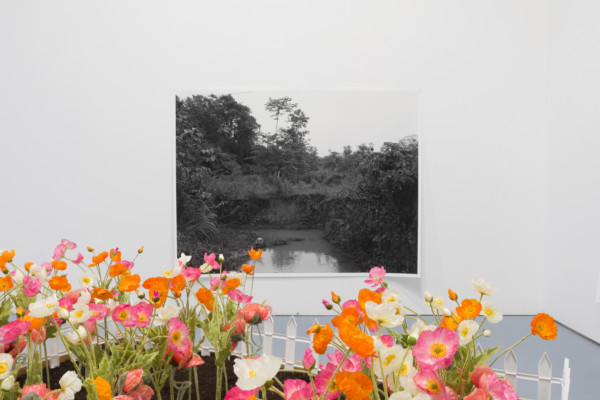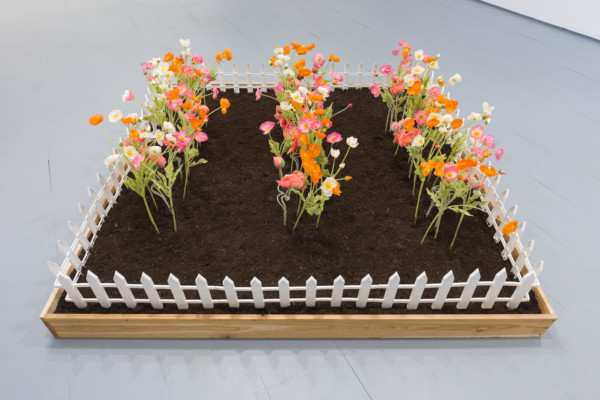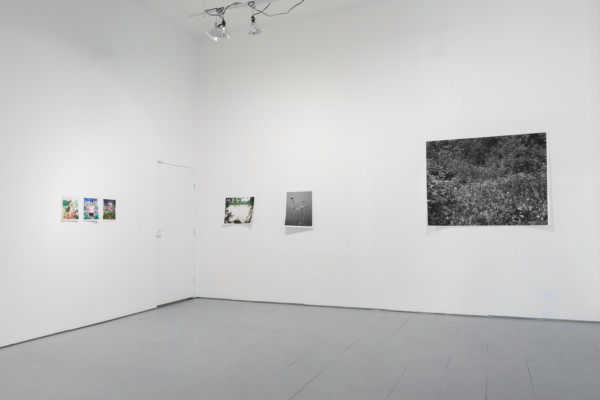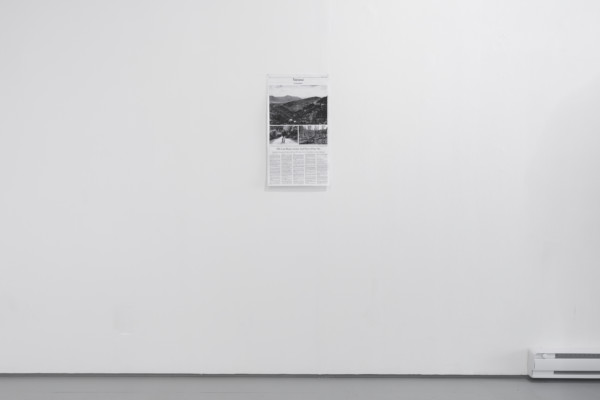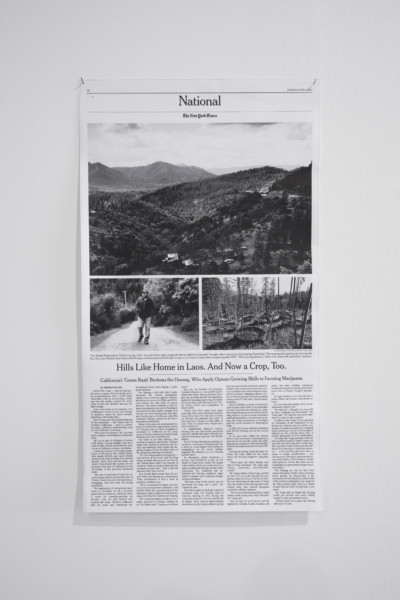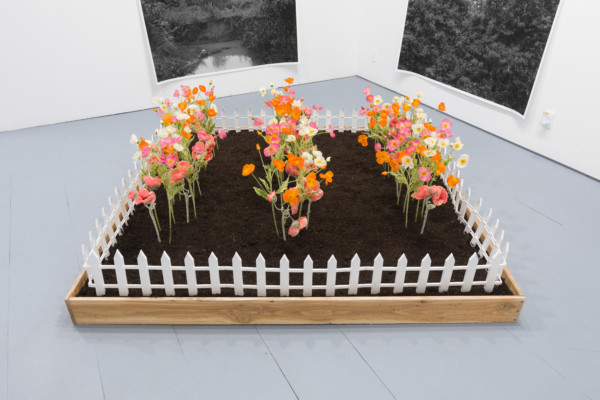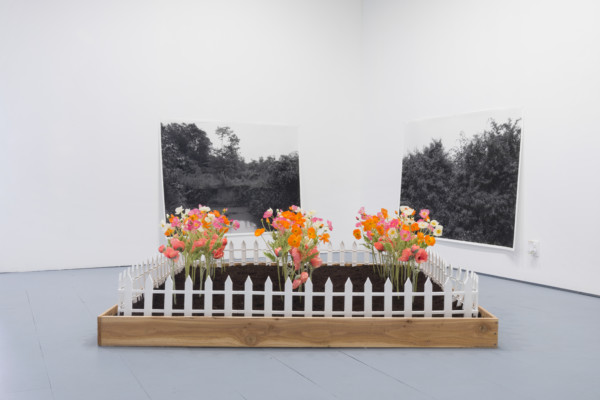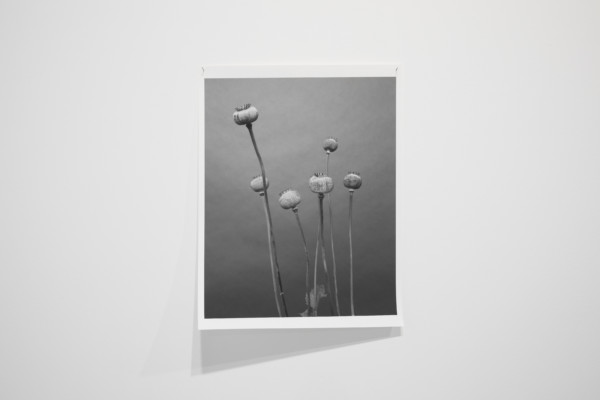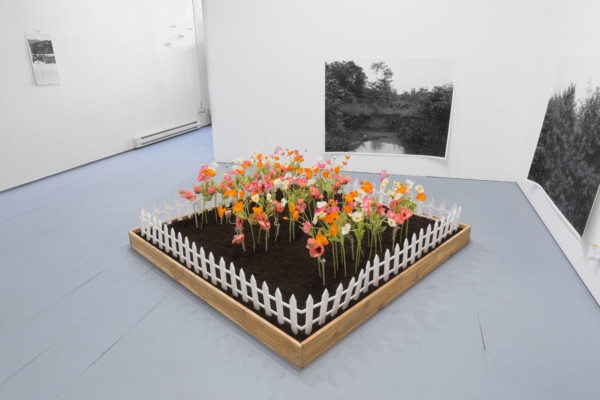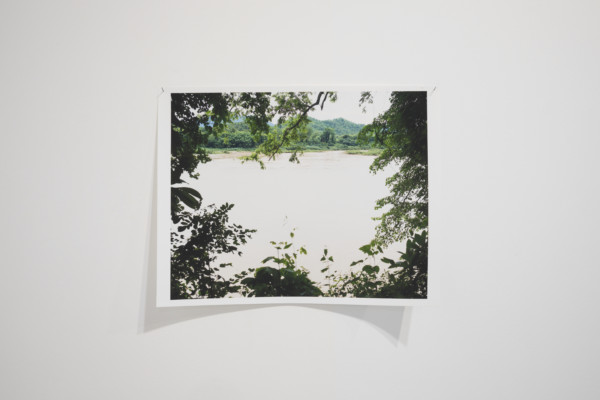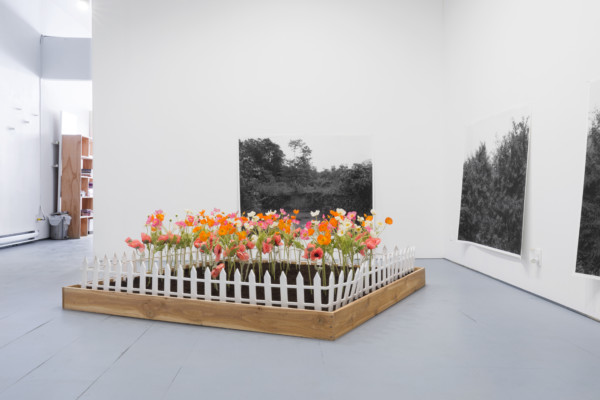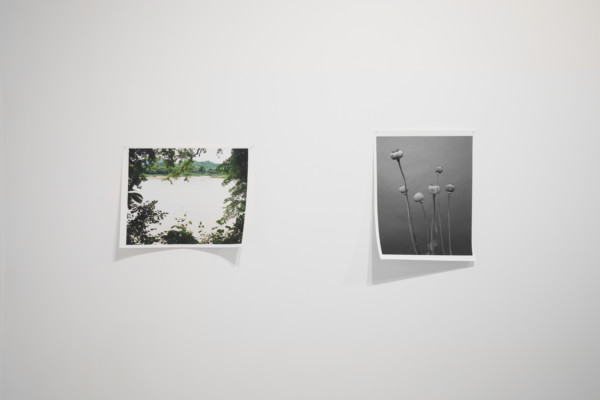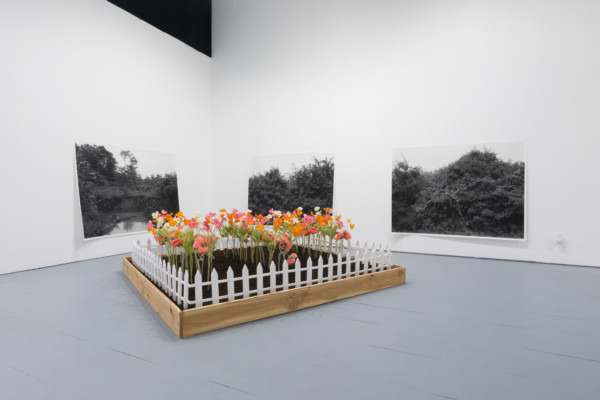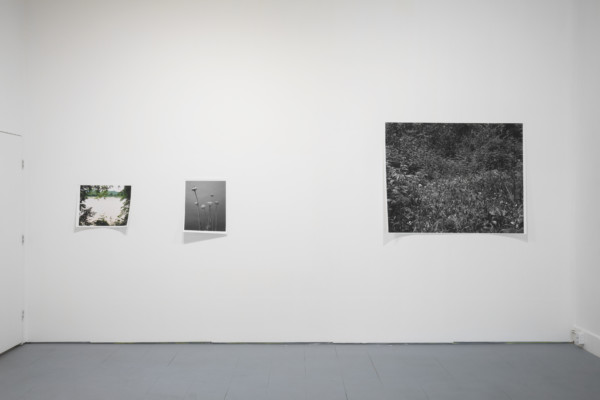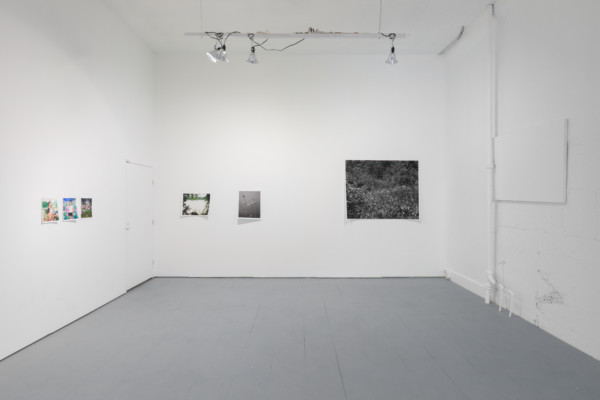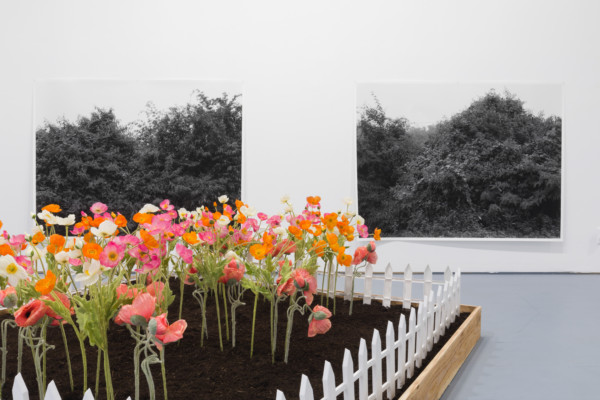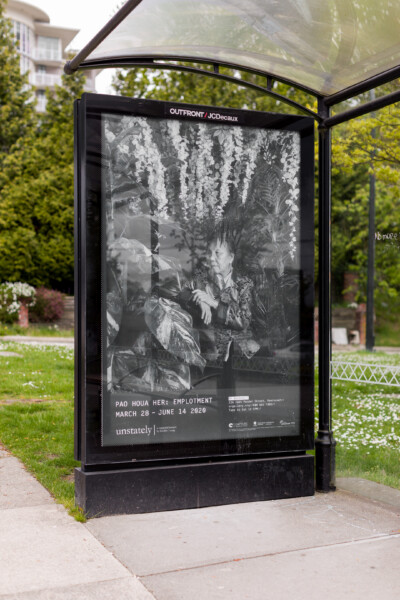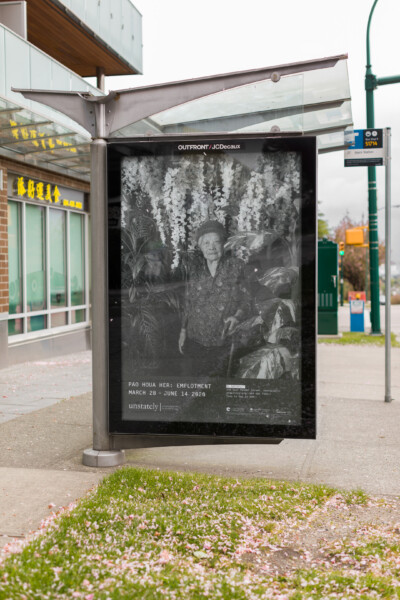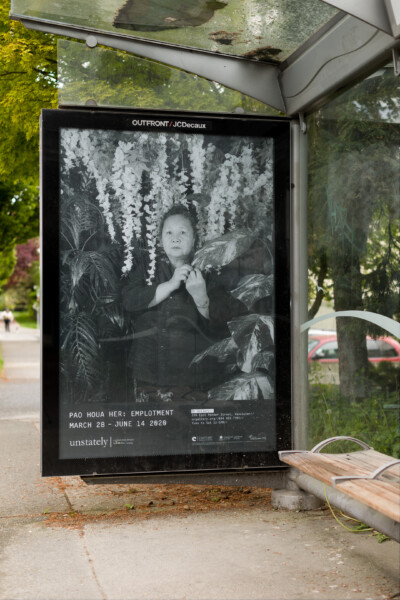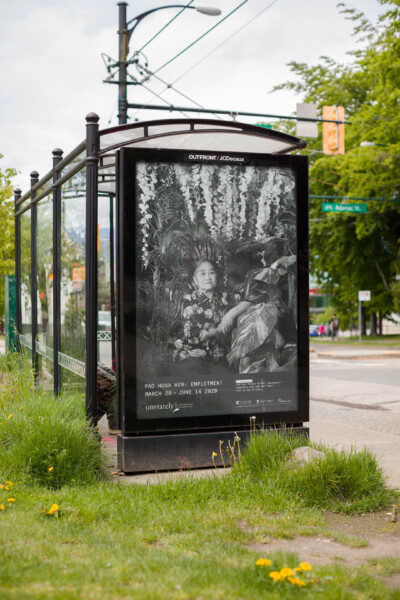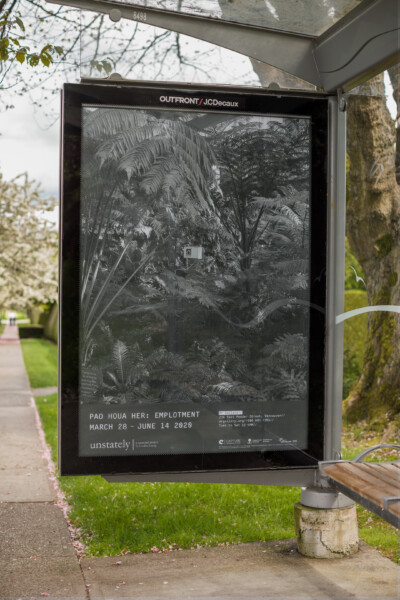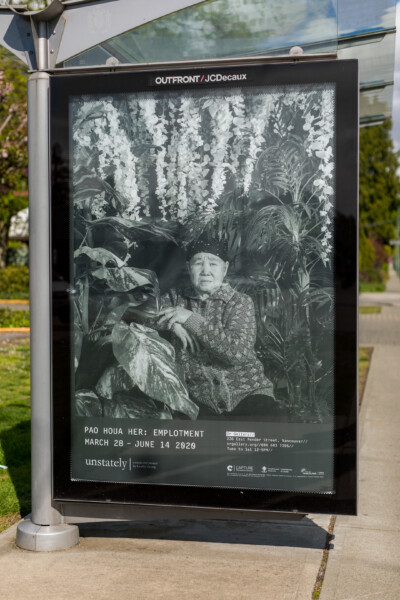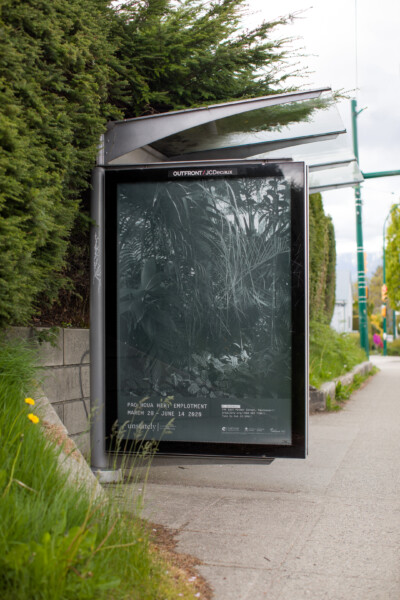- Emplotment –Pao Houa Her
- Emplotment –Pao Houa Her
- Emplotment –Pao Houa Her
- Emplotment –Pao Houa Her
Emplotment
Pao Houa Her
2 June–
27 June 2020
Curated by: Godfre Leung (Guest Curator), Denise Ryner (Director Curator)


Pao Houa Her, Emplotment, exhibition at Or Gallery, 2020. Photo: Dennis Ha
Emplotment
Pao Houa Her
Curated by: Godfre Leung (Guest Curator), Denise Ryner (Director Curator)
To support the exhibition during the Covid-19 safety measures, we have been working closely with Pao Houa Her and guest curator Godfre Leung to present an online program featuring Her’s work.
The public art project After the Fall of Hmong Tebchaw can be viewed in ten bus shelters around Vancouver from March 30 to June 14. Please refer to the Google map on this page for locations. The eleventh photograph, to be exhibited in Or’s front window, is reproduced here.
Hmong-American artist Pao Houa Her takes a kaleidoscope to photographic portraiture. Foreground and background reverse, alternate, bifurcate, and lead their viewers on scavenger hunts and wild goose chases. Her’s photographs, one might say, are ungrounded.
Over the last decade, Hmong-American artist Pao Houa Her has explored the diasporic condition of her community after its escape as refugees from the conflicts following the American War in Vietnam. Emplotment features new and recent work on the slippery Hmong concept tebchaw (literally land-place, but variously used to denote region, nation-state, home, or homeland).
Green Rush (2020), a new scent-based installation, reflects on the nostalgia for the Hmong’s mid-twentieth-century prosperity in Laos, intergenerational transmission of Hmong agricultural practices, and new forms of Hmong wealth in diaspora. It takes its title from a 2017 New York Times article on the recent growth in Hmong participation in marijuana farming, “California’s ‘Green Rush’ Takes Hmong Back to Their Opium-Growing Roots.”
Accompanying this new work is a public art project adapted from Her’s photographic series After the Fall of Hmong Tebchaw (2017–present). The series depicts elders in a Hmong seniors centre flanked by artificial plants, following conventions of Hmong portraiture, and a tropical plant environment in a conservatory. Both settings are in St. Paul, Minnesota, home to the world’s largest urban Hmong population. For this exhibition, the photographs will be displayed in transit shelters around Vancouver. Anchoring these dispersed images is a photograph of the Laotian jungle—intimated by the artificial plants and the tropical plant environment—exhibited in Or Gallery’s street facing front window.
//
Emplotment is a formal term used by historians and literary critics to describe the foundation of all histories as kinds of storytelling. In this exhibition, it also alludes to the pursuit of tebchaw in the Hmong imagination (finding a land-place). As Pao Houa Her states: “The idea of having our own land has been a longstanding desire of older Hmong folks. I want to explore this desire for homeland, to make a body of work that tells the history of the Hmong people, their displacement from the war, arriving and living here in America, this desire to ‘go back’ to the make believe of this country or what this country means, or to remake it in new locations.”
Emplotment is Pao Houa Her’s first exhibition in Western Canada.
//
This exhibition is the first installment of UNSTATELY, a yearlong series of projects on statehood and statelessness curated by Godfre Leung.
//
Sponsors/partners: Canada Council for the Arts, Capture Photography Festival, City of Vancouver
PRESS:
Vie Des Arts (30 June 2020): Pao Houa Her – Emplotment by Joni Low
Exhibition Text & Map (63.10 KB)
Artist Bio
Pao Houa Her
Pao Houa Her is a visual artist living in Minneapolis, Minnesota, USA. She works across multiple genres and technologies of photography to address Hmong identity and related notions of desire and belonging within the Hmong American community.
Pao was born in the northern jungles of Laos in 1982. With her family she fled the conflict resulting from the American War in Vietnam—like many others, by crossing the Mekong River as an opium-fed baby on her mother’s back. After living in refugee camps within Thailand’s borders, Pao and her family were sent to the United States in 1986.
Pao holds a BFA in Photography from the Minneapolis College of Art and Design and an MFA in Photography from Yale University. She is the recipient of many prestigious fellowships and grants, and has exhibited extensively in Minnesota, as well as across the United States, and more recently, in Southeast Asia. She is represented by Bockley Gallery.
Curator Bio
Godfre Leung
Godfre Leung is a critic and curator based in the territory currently known as Vancouver. His writing has appeared in magazines such as Art in America, C Magazine, and Yishu: Journal of Contemporary Chinese Art, and publications by institutions including the Museum of Modern Art and Walker Art Center. Recent publications include contributions to the exhibition catalogues Tuan Andrew Nguyen: Rung Hoang/Empty Forest and Samson Young: It’s a heaven over there, and the collaborative artists’ book AA4 by Peter Happel Christian and Phillip Andrew Lewis.
